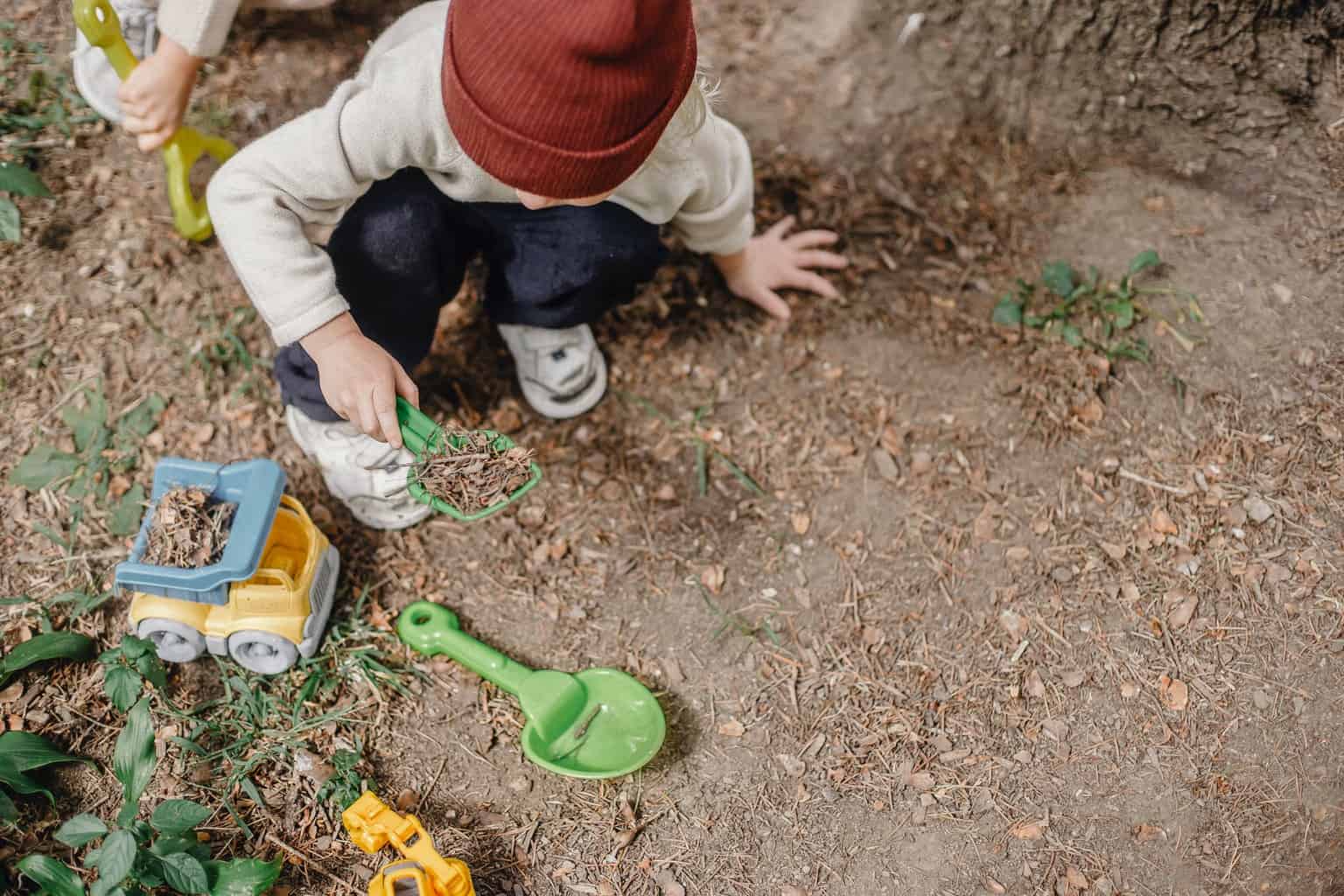The Early Years Foundation Stage curriculum is designed to provide a solid base for when your child starts school, covering essential learning areas from birth to five years of age. Children will study the EYFS curriculum if they attend nursery and in their first year at school. Learn more about the different learning areas that make up the EYFS curriculum from a junior school in London.
Communication and language

This includes encouraging the development of children’s listening and attention skills and understanding what they are hearing. It also covers speaking and using language to express themselves.
Physical development
Physical development covers moving and handling, aiming to develop children’s control of and coordination in both large and small movements. Children are also encouraged to handle equipment and tools, such as pencils.
The focus here is on developing children’s self-confidence and self-awareness by encouraging them to try new activities and talk to their peers and teachers about their ideas. Children are supported to be able to ask for help when they need it.
Literacy

Reading and writing are the focus areas here, with children learning sounds through the phonics system and then recognising these sounds in words by breaking them up. Writing starts with mark-making, and children are taught that spoken words can be represented on the page through certain markings.
Mathematics
In the EYFS curriculum children will be introduced to numbers, shapes, space and measurements. It starts with counting and learning the value of different numbers, allowing them to solve problems and do simple calculations. Children are also introduced to the concepts of size, weight, position, capacity, distance, time and money, leading to having a go at solving problems and comparing quantities and objects.
Understanding the world

This includes learning about people and communities, including exploring different cultures and religions and learning about our world and the different elements it’s made of. Children learn about animals and plants, as well as objects and places. They are also introduced to technology and the different ways we make use of it.
Expressive arts and design
Here children are supported to explore and use different media and materials, learning about their properties and how they can be modified. They explore patterns, sounds and movement, as well as using different tools and techniques. Children are also encouraged to use their imagination to create something new, such as through role-play, painting or music.
